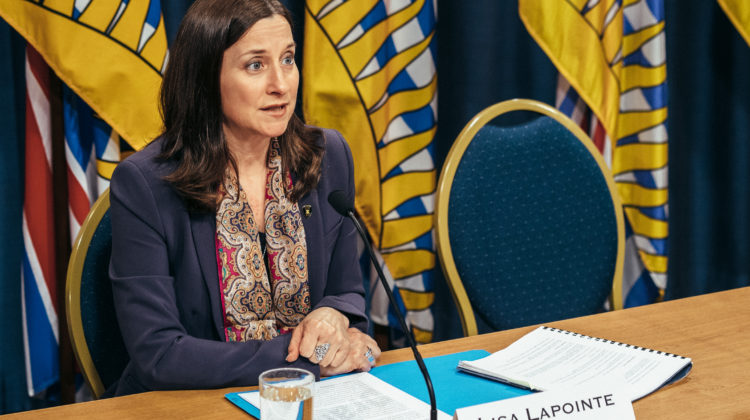A panel of experts is calling for a safer supply as well as an evidence-based system to reduce deaths from illicit drugs in B.C.
The recommendations, which are being championed by the BC Coroners Service are included in a report examining over 6,000 deaths from illicit drug toxicity between August 1, 2017 to July 31, 2021.
The report called BC Coroners Service Death Review Panel: A Review of Illicit Drug Toxicity Deaths unveiled the primary cause of these fatalities was the toxic drug supply currently in the province as well as the existing policy framework.
This has led substance users to access the unregulated market, which has resulted in a spike in deaths or medical emergencies.
According to the Coroners Service, illicit drug toxicity is the leading cause of unnatural death in B.C., surpassing homicides, suicides, motor vehicle incidents, drownings, and fire-related deaths combined.
“This report includes realistic, actionable recommendations that the panel believes will reduce the number of people dying due to toxic, illicit drugs in our province,” said Michael Egilson, death review panel chair.
“We recognize that many of the timelines in the report are aggressive, but COVID-19 has demonstrated how swiftly policy-makers can act when lives are at stake – and we know that every month of inaction equates to hundreds more lives lost.”
The panel’s advice to chief coroner Lisa Lapointe included three recommendations:
1. Ensure a safer drug supply to those at risk of dying from the toxic illicit drug supply
2. Develop a 30/60/90-day Illicit Drug Toxicity Action Plan with ongoing monitoring
3. Establish an evidence-based continuum of care
Additional findings by the panel also included the following:
* deaths are increasing both in number and in rate;
* the drug supply has become increasingly toxic;
* more drug toxicity deaths occur among younger adults – the average age of death is 42;
* illicit drug toxicity deaths are ranked second after cancers for potential years of life lost;
* Indigenous Peoples are disproportionately represented in drug toxicity fatalities;
* individuals living in poverty and with housing instability are more vulnerable;
* people with mental health disorders or poor mental health are disproportionately represented;
* in addition to fentanyl, other substances were also detected in most deaths;
* people had frequently accessed medical services prior to an illicit-drug-related death;
* deaths are occurring throughout the province;
* while the highest number of deaths occur in large urban centres (Vancouver, Surrey, Victoria), this issue spans beyond urban areas; and
* smoking is the most common method of illicit drug consumption.




